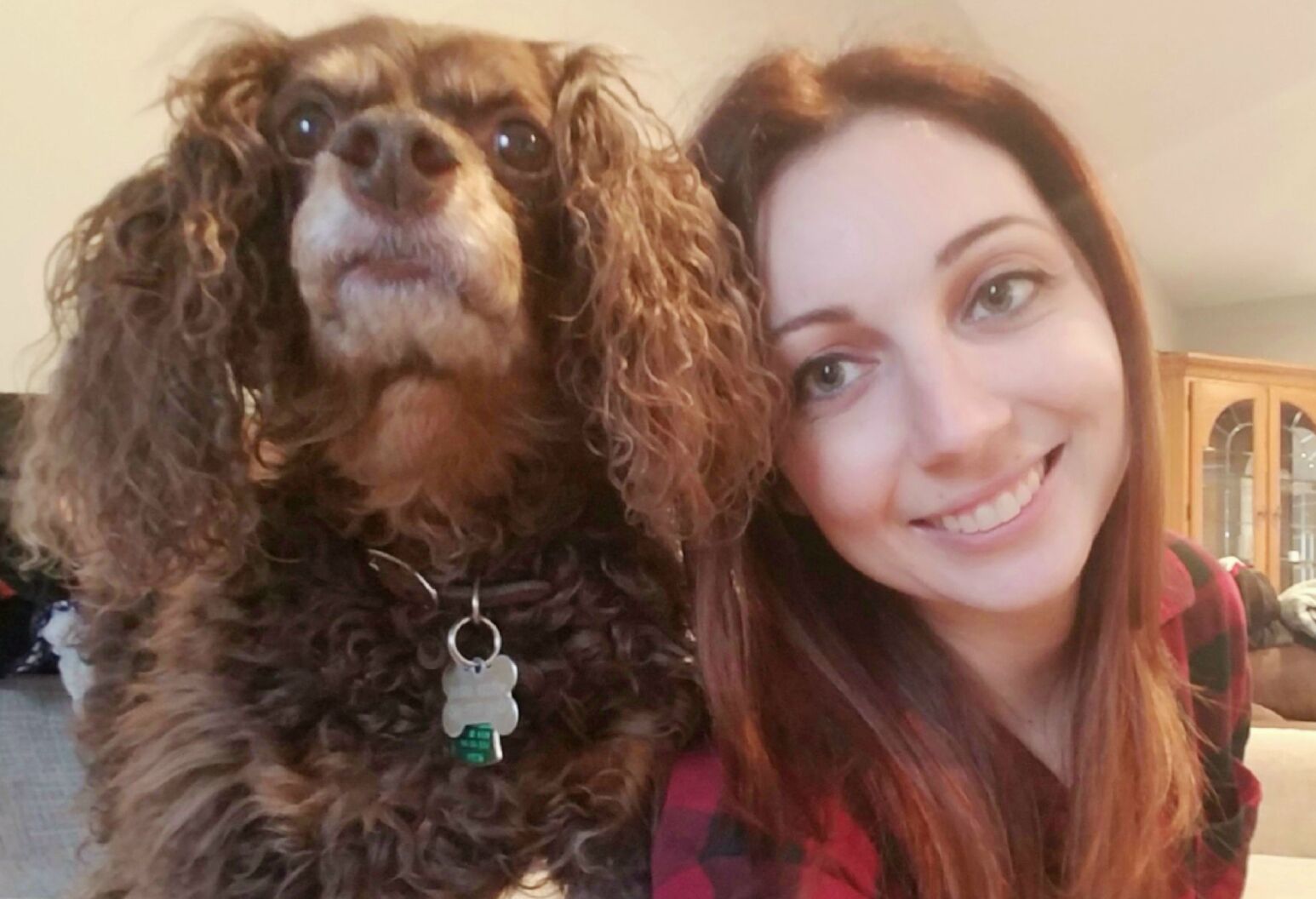Anxiety disorders
What are anxiety disorders?
Anxiety disorders are conditions in which the sufferer experiences extreme, often disabling, fear or anxiety. They can be understood as a pathological version of normal fear and are the most common of the mental disorders. Anxiety disorders are characterized by disturbances in mood, thinking and behavior.
Types of anxiety disorders
There are several types of anxiety disorders, including:
- Panic disorder—Characterized by chronic, repeated and unexpected panic attacks, which are bouts of overwhelming fear of being in danger when there is no specific cause for the fear.
- Phobias—A persistent, abnormal and irrational fear of a specific activity, object or situation that compels one to avoid it, despite the awareness and reassurance that it is not dangerous; examples of common phobias include agoraphobia, or the fear of public places, and social phobia, or the fear of even routine social interactions.
- Obsessive-compulsive disorder (OCD)—An anxiety disorder in which a person has an unreasonable thought, fear or worry that he or she tries to manage through a ritualized activity to reduce the anxiety.
- Post-traumatic stress disorder (PTSD)—A debilitating condition that often follows a traumatizing physical or emotional event, causing the person who survived the event to have persistent, frightening thoughts and memories, or flashbacks, of the ordeal.
- Generalized anxiety disorder (GAD)—A disorder that causes its sufferers chronic and exaggerated worry and tension that seem to have no substantial cause; sufferers often worry excessively about health, money, family or work, and continually anticipate disaster.
Symptoms
Panic attacks can accompany several types of anxiety disorders—not only panic disorder. The following are the most common symptoms of a panic attack:
- Pounding heart
- Sweating
- Trembling or shaking
- Shortness of breath
- Sensation of choking
- Nausea or abdominal pain
- Dizziness or lightheadedness
- Feeling unreal or disconnected from oneself
- Fear of losing control
- Fear of "going crazy" or dying
- Numbness
- Chills or hot flashes
- Chest pain and/or physical symptoms that mimic a heart attack
Symptoms of obsessive-compulsive disorder
Symptoms of obsessive-compulsive disorder include both obsessions and compulsions.
Obsessions are irrational thoughts, fears or worries that frequently recur and cause great anxiety, but cannot be controlled through reasoning, and could include:
- An extreme preoccupation with dirt or germs
- Repeated doubts (for example, about having turned off the burners on a stove)
- A need to have things in a very particular order
- Thoughts about violence or hurting someone
- Spending long periods of time touching things or counting
- Preoccupation with order or symmetry
- Persistent thoughts of performing repugnant sexual acts
- Being troubled by thoughts that are against personal religious beliefs
Compulsions are repetitive, ritualized behaviors enacted to reduce anxiety caused by obsession(s). Examples of compulsions include:
- Repeated hand washing (often 100+ times a day)
- Checking and rechecking (repeatedly) to ensure that, for example, a door is locked or that the oven is turned off
- Following rigid rules of order (for instance, putting on clothes in the very same sequence every day or alphabetizing the spices in the spice cabinet), and becoming extremely upset if the order becomes disrupted
Symptoms of post-traumatic stress disorder
Symptoms of post-traumatic stress disorder may include:
- Irritability
- Violent outbursts
- Trouble working or socializing
- Losing touch with reality
- Flashbacks or intrusive images that cause a person to believe that the traumatic event is happening all over again
- Re-enacting the event for a period of seconds, hours, or—very rarely—days
Symptoms of generalized anxiety disorder
Symptoms of generalized anxiety disorder may include:
- Trouble falling or staying asleep
- Trembling
- Twitching
- Muscle tension
- Headaches
- Irritability
- Sweating
- Hot flashes
- Lightheadedness and/or difficulty breathing
- Nausea
- Frequent urination
- Feeling as though there is a lump in the throat
- Fatigue
- Lack of concentration
- Being easily startled
- Prone to irritable bowel syndrome
- Inability to relax
Causes
The causes of anxiety disorders can vary by condition. Some anxiety disorders, especially post-traumatic stress disorder, are caused by a single or series of frightening events. Phobias, too, can sometimes be caused by an incident of exposure to the feared object, event or activity that resulted in negative consequences; some research suggests that social phobia could be linked to limited socialization during childhood and adolescence. There is some evidence to suggest that certain cases of obsessive-compulsive disorder may be the result of a head injury, but that research is largely inconclusive.
Generalized anxiety disorder is a common condition in which genetics may play a role. Stressful life situations or learned behaviors may also contribute to the development of GAD. The disorder may start at any time in life, including childhood. Most people with the disorder report that they have been anxious for as long as they can remember. GAD occurs somewhat more often in women than in men.





